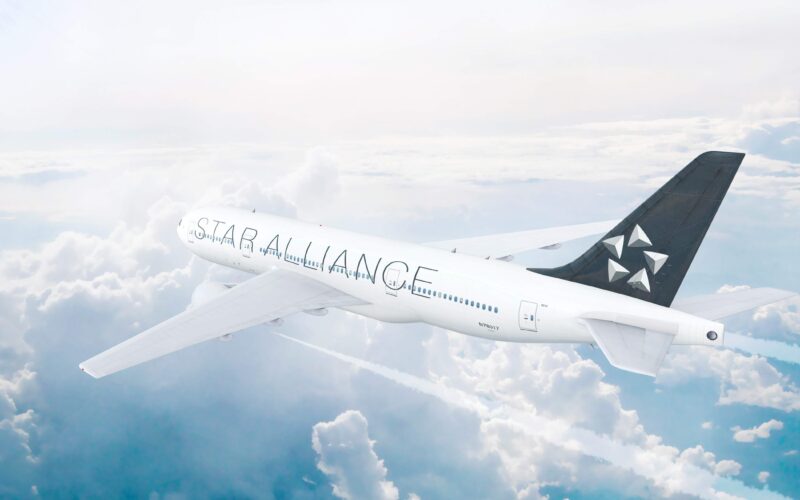A quarter of a century ago, on May 14, 1997, United Airlines, Scandinavian Airlines, Thai Airways, Air Canada (ADH2), and Lufthansa (LHAB) (LHA) came together to announce the founding of Star Alliance, the world’s first global airline alliance.
The history of airline alliances dates back to the 1930s, when Panair do Brasil and parent company, Pan American World Airways exchanged routes to Latin America. In 1989, the first large-scale alliance was formed when Northwest Airlines and KLM signed a codeshare agreement.
Why have an alliance?
The benefits of such an alliance include an extended network and codeshare agreements, which can boost revenue and decrease costs through the sharing of ground staff and operational facilities.
Passengers flying as part of an alliance benefit from frequent flyer status and reward programs, which are recognized and honored by mutual airlines in the alliance, allowing passengers access to airport lounges and tier perks.
Star Alliance has two premium tiers for passengers based on their frequent flyer status within a member airline. Star Gold is the highest tier and passengers benefit from priority status, extra luggage allowance as well as lounge access.
Connecting the globe
The alliance has grown during its 25-year history, and today includes 26 members from six continents. These are:
Europe: Aegean Airlines (32A), Austrian Airlines, Brussels Airlines, Croatia Airlines, LOT Polish Airlines, Lufthansa (LHAB) (LHA), Scandinavian Airlines, Swiss International Air Lines, TAP Air Portugal.
Asia: Air China, Air India, All Nippon Airways, Asiana Airlines, Egyptair, EVA Air, Shenzhen Airlines, Singapore Airlines (SIA1) (SINGY), Thai Airways International, Turkish Airlines
Africa: South African Airways, Ethiopian Airlines
Oceania: Air New Zealand
North America: United Airlines, Air Canada (ADH2)
South America: Avianca (AVHOQ), Copa Airlines
Former members include US Airways, which merged into American Airlines (A1G) (AAL) and subsequently joined the Oneworld Alliance in 2014. Similarly, British Midland International left the alliance in 2012 following its merger into British Airways.
In November 2020, it was announced that Asiana Airlines would be acquired by Korean Air. It is believed that Asiana Airlines will eventually leave the alliance in favor of SkyTeam of which Korean Air is a member.
Looking toward the next 25 years
Today, Star Alliance is the world’s largest global airline alliance carrying more than 750 million passengers in 2019 compared to the 630 million recorded by SkyTeam and the 528 million recorded by Oneworld.
Member airlines display the Star Alliance logo on aircraft throughout their fleets, its five points representing the five founding airlines. The Star Alliance livery is also present on some aircraft within member fleets.
Star Alliance has been recognized as the top airline alliance through various awards over the years. Moving forward, the alliance will no doubt continue to innovate and grow to retain its place as the world’s leading airline alliance during the next 25 years.

